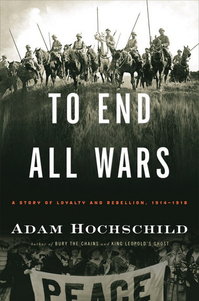(p. B1) In the world of R&D spending, more doesn’t necessarily mean better. And R&D may not describe all the innovation that matters.
“I think the numbers are pretty useless,” says Michael Schrage, a research fellow at MIT’s Sloan School who has studied the subject. “What matters more is the kind of innovator you are. If it were really true that the people who spent the most on R&D were the most successful, we wouldn’t be subsidizing General Motors .”
“There’s no statistically significant relationship between how much a company spends on R&D and how they perform over time,” adds Barry Jaruzelski of Booz & Co. “There’s a set of people who just consistently seem to skin the cat better.”
. . .
(p. B2) Booz & Co. in 2007 listed the biggest global corporate spenders of R&D. The top 10 were Toyota, Pfizer, Ford, Johnson & Johnson, DaimlerChrysler, General Motors, Microsoft, GlaxoSmithKline, Siemens and IBM.
Then it drew up a second list, a group of companies it called “high-leverage innovators” that returned the best financial performance for every dollar spent on R&D. Booz screened for companies that, over the five previous years, outperformed industry peers across seven measures–including profit, sales growth, and shareholder return–while also spending less on R&D as a percentage of sales than the median in their industries.
No company from the first list made the second list. (Winners included Adidas, Apple, Exxon, Google, Kobe Steel, Samsung and Tenneco.)
That disconnect essentially hasn’t changed, says Mr. Jaruzelski. Winning at innovation “is all about talent, process, execution and strategy,” he says. “That’s given the U.S. a pretty strong advantage over time.”
“Technology,” he adds, “is not equal to innovation.”
For the full commentary, see:
JOHN BUSSEY. “THE BUSINESS; Myths of the Big R&D Budget.” The Wall Street Journal (Fri., June 15, 2012): B1-B2.
(Note: ellipsis added.)





